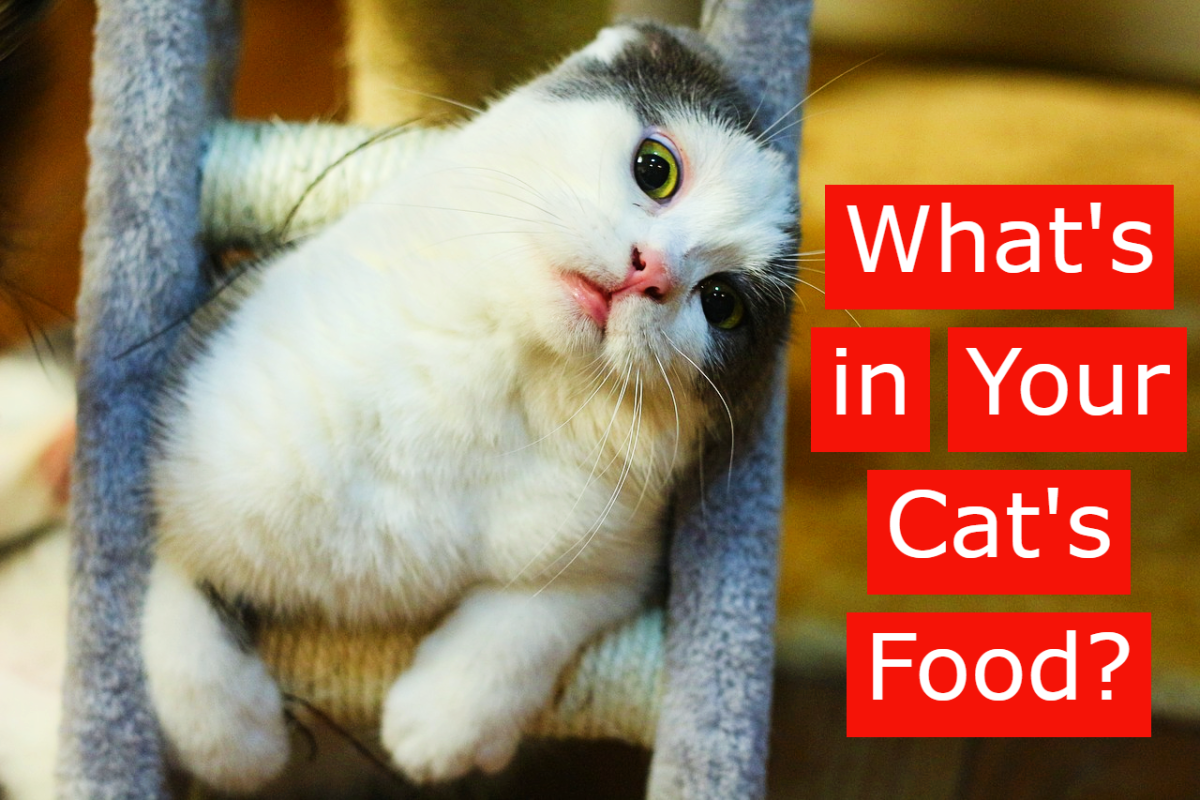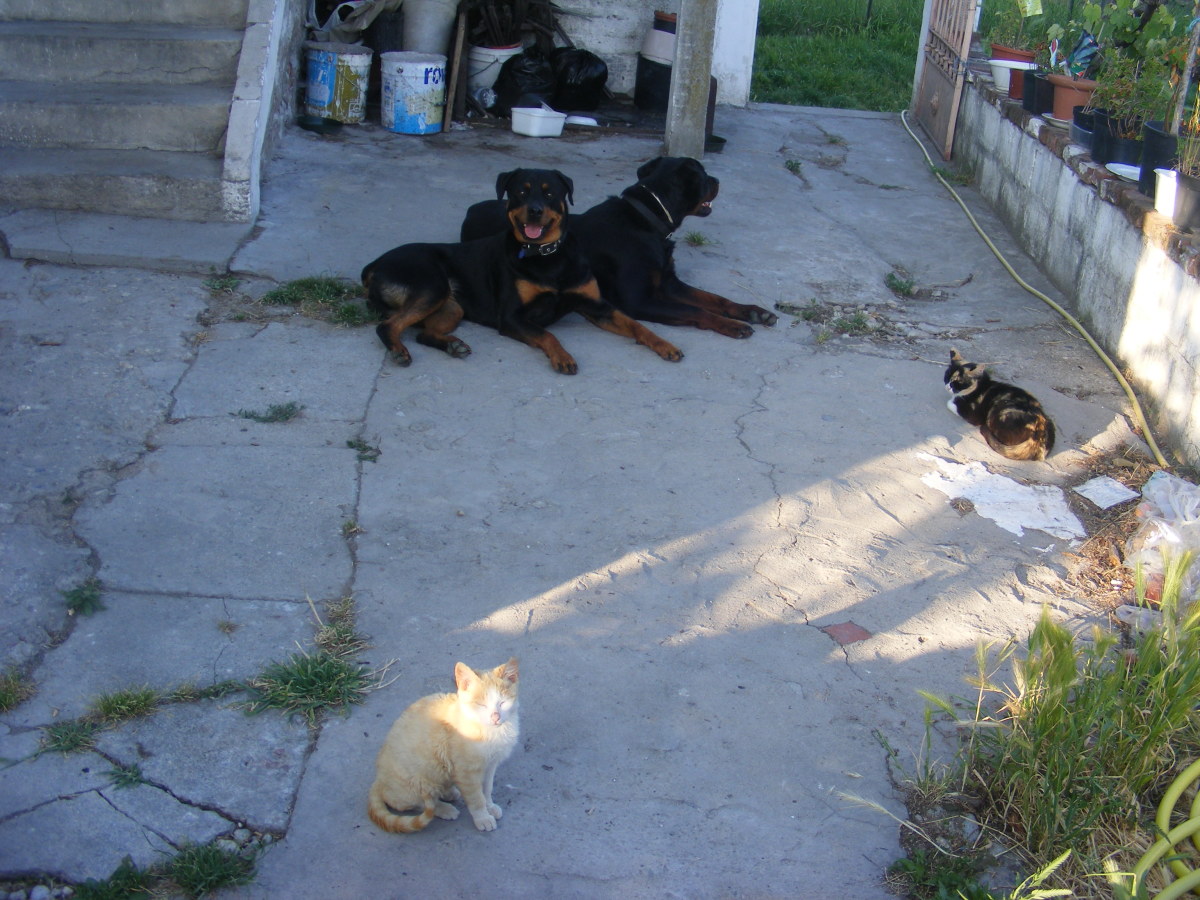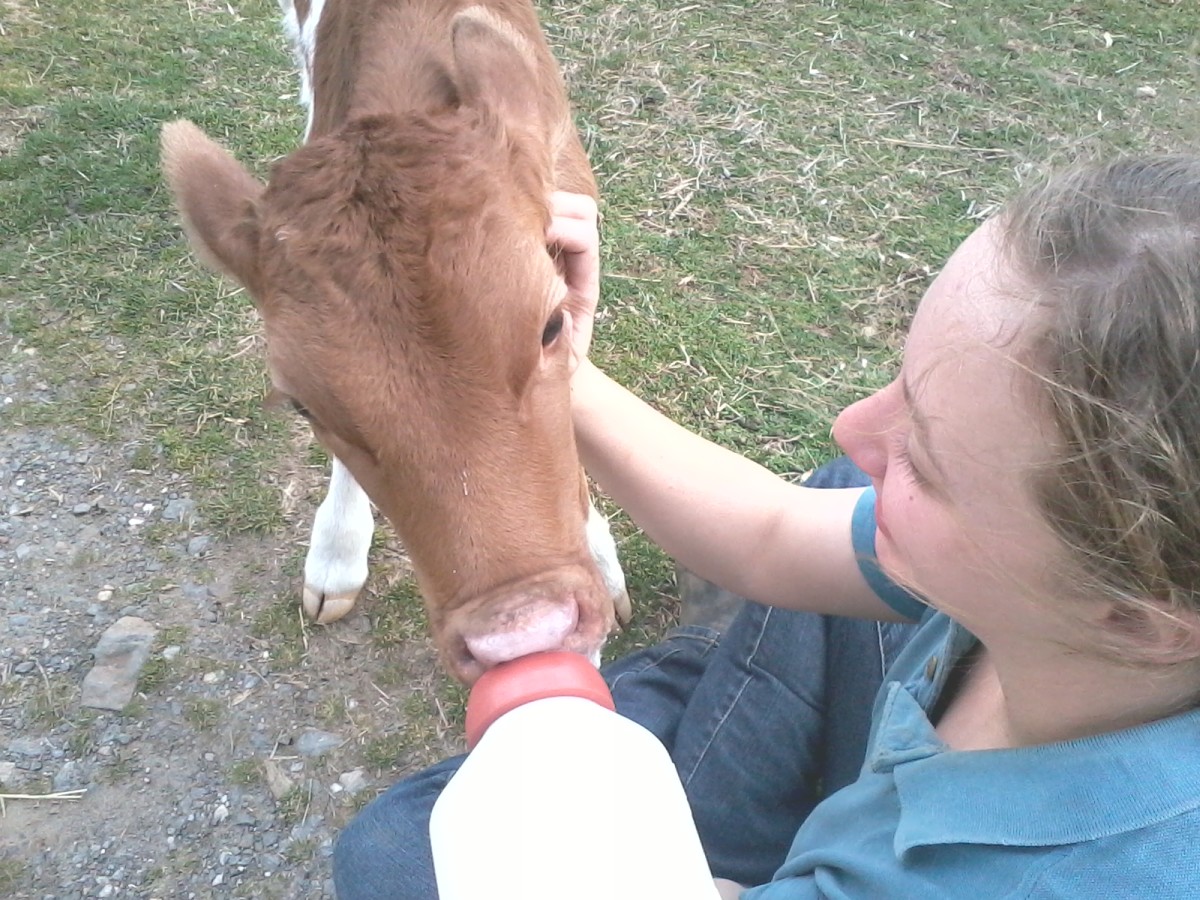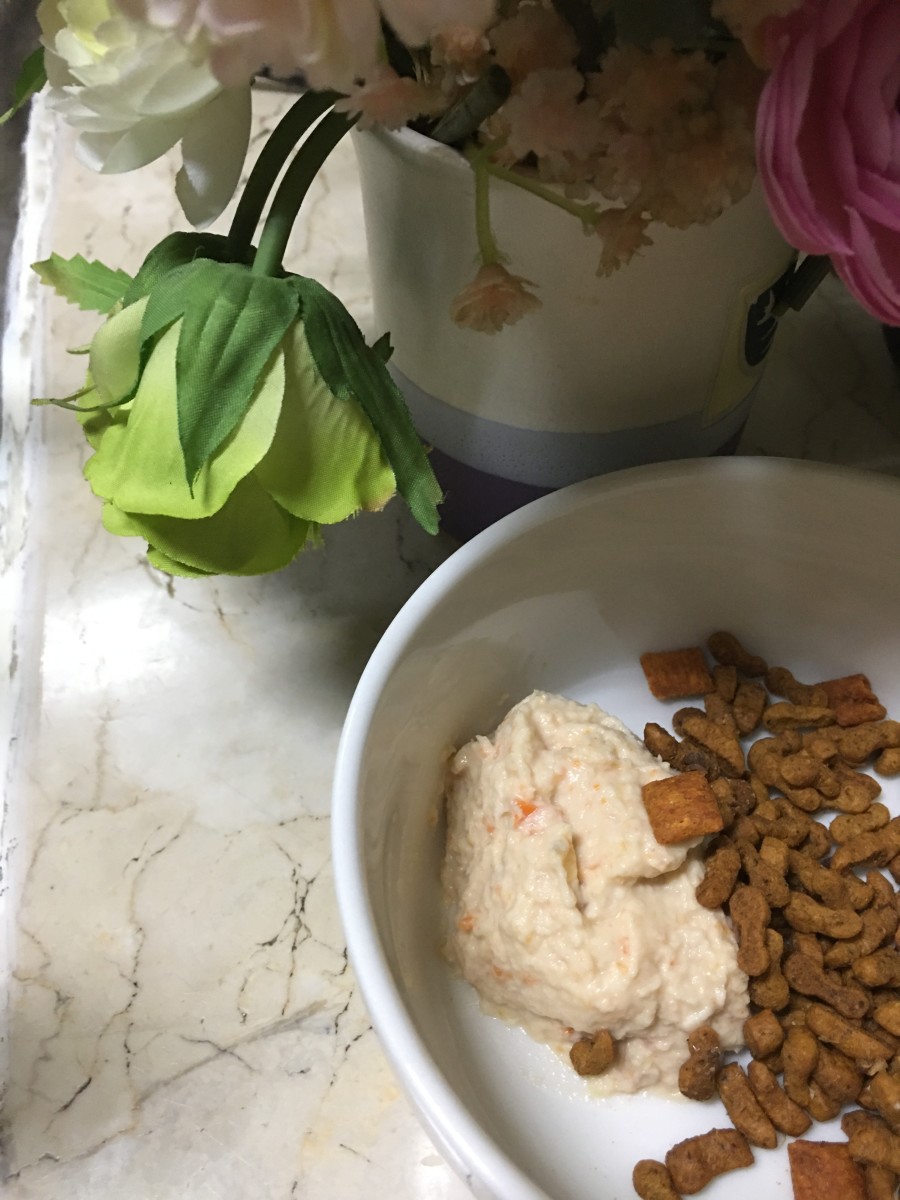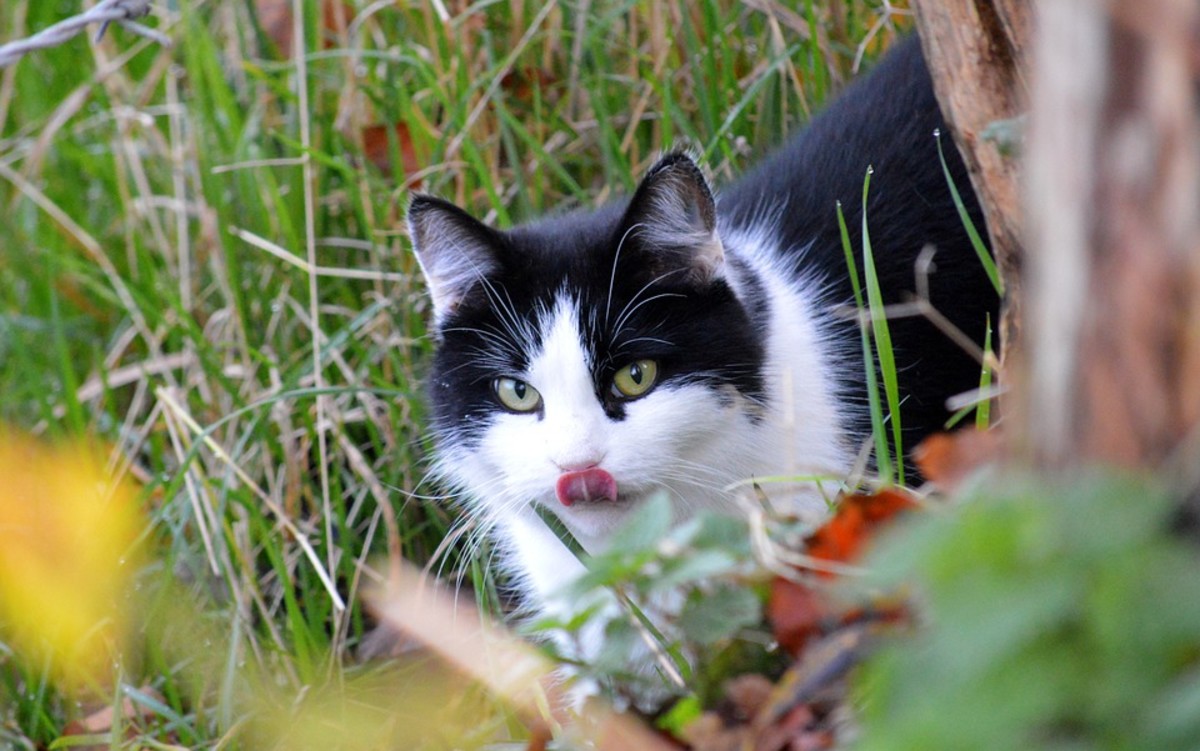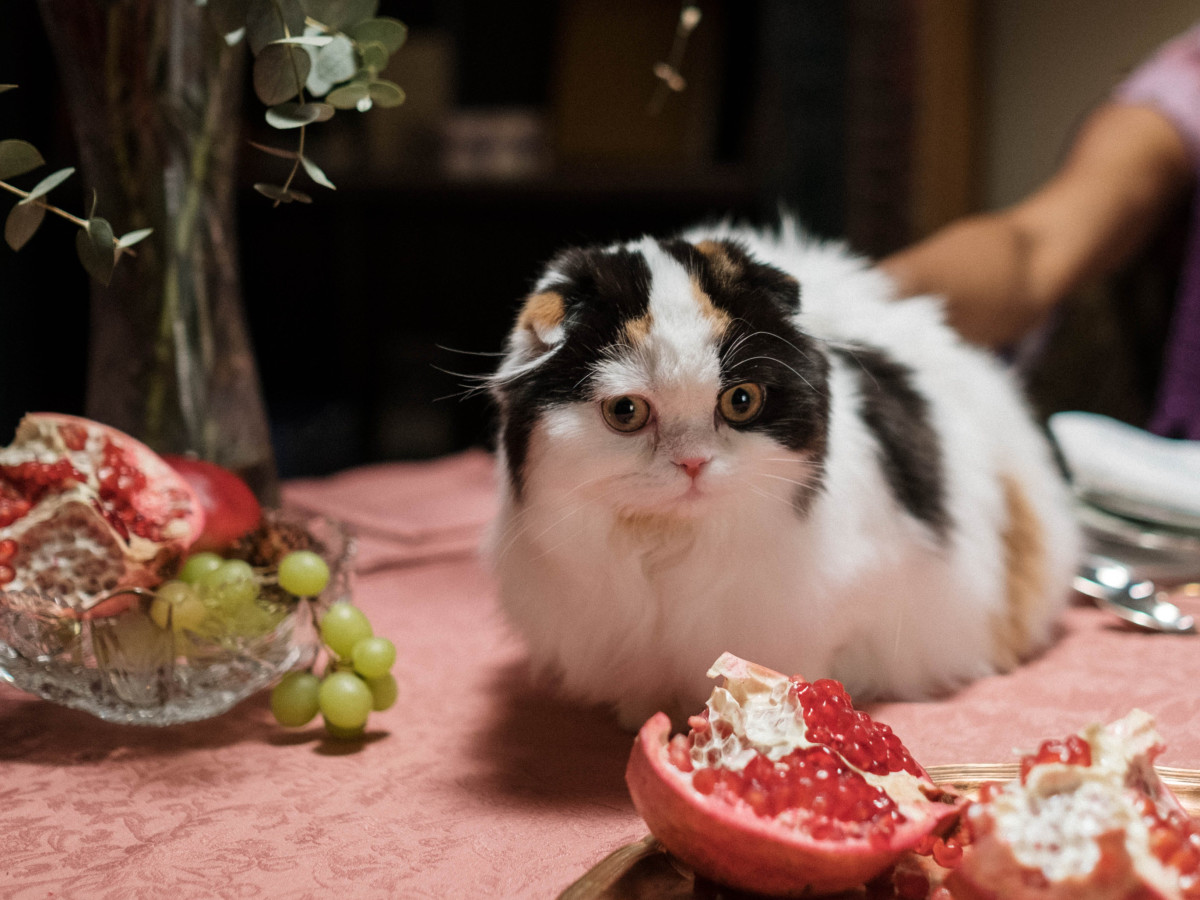The Facts and Myth Surrounding Meat and Meat By-product in Cat Food
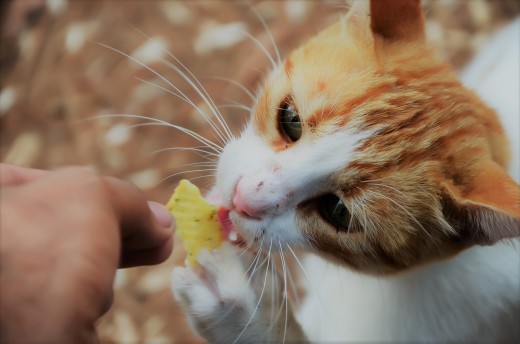
What Exactly are 'Meat' and 'Meat By-products' ?
By meat, I don't mean chicken, beef, tuna etc which are perfectly safe ingredients in kitty's diet. The meat I'm talking about is the mystery ingredient that is simply known as 'Meat and/or Meat By-product' all too commonly found as the first or second ingredient in many pet food brands. A word of warning, this article might not be for those with a weak stomach.
Before we proceed, lets make one thing clear: meat and by-product from specific, named animal source are healthy additions to any pet food, and should not be of concern. You should only worry when the label is ambiguous on what exactly is in 'meat and meat by-product'.
The Association of American Feed Control Officials (AAFCO) defines 'Meat' used in pet food as " the clean flesh of slaughtered mammals and is limited to...the striate muscle...with or without the accompanying and overlying fat and the portions of the skin, sinew, nerve and blood vessels which normally accompany the flesh."
'Meat by-product' is defined as "the non-rendered, clean parts, other than meat, derived from slaughtered mammals. It includes, but is not limited to lungs, spleen, kidneys, brain, livers, blood, bone, partially defatted low temperature fatty tissue, & stomachs & intestines freed of their contents. It does not include hair, horns, teeth & hoofs. It shall be suitable for use in animal food."
Whilst these these aren't as bad as some sources says it is (ie. roadkill, fur, horn, hooves, and intestine matter doesn't actually go into 'meat'), it certainly leaves wiggle room for manufacturers in the labelling.
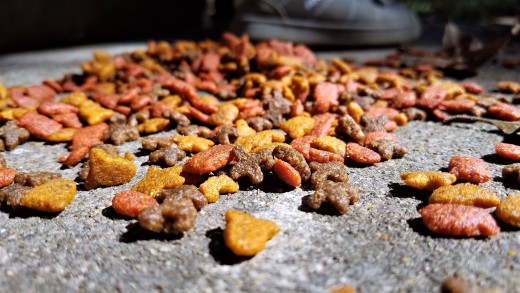
Issue 1: Meat Source
First of all the 'Meat' could come from any animal. If the manufacturer can't tell whats the meat source is, gets labelled as 'Meat'.
Myth: 'Meat' contains diseased animals, roadkill, dead zoo animals and sometimes even euthanized pets.
Fact: 'Meat' don't actually contain the above. Whilst the animal ingredients that does into 'meat' might not be exactly fresh and bacterial free, diseased, downed and destroyed animals are generally not included in the mix.
'Meat' is usually comprised of what ever is left of the carcass after the bigger pieces of meat used for human food is cut off. When the individual animal source isn't indicated, it can include a blend of every and any animal you commonly find on the market. If horse meat is something your culture eats, that could make it into your pet's food too.
However, it doesn't mean the horror ingredients cannot find their way into pet food, they just aren't categorised as 'Meat'. They belong to another category called rendered animal product.
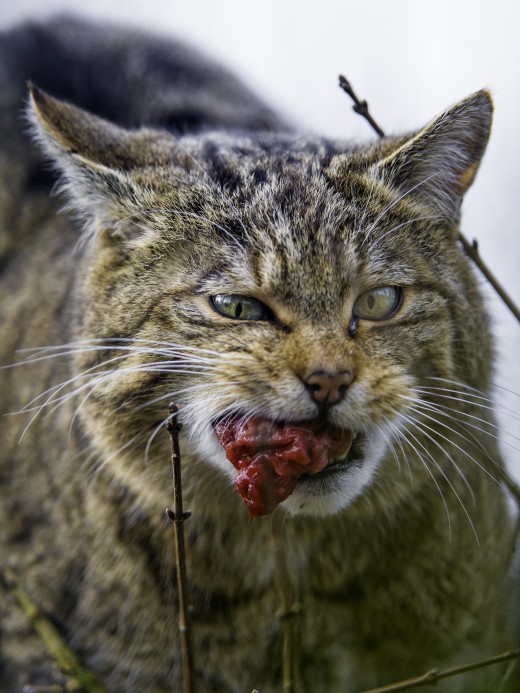
Issue 2: 'Meat By-Products'
Similar to 'meat', 'meat by-product' are leftover bits of whatever animal that the manufacturer have on hand.
Myth: By-products are inedible bits of the animal and are bad for your pets.
Fact: They are actually okay safety and nutrition wise.
'Meat by-product' going by AAFCO's definition are non-rendered bits of animal innards. It might not sound appealing to the human palate, but they can be a highly nutritious source of protein for pets. Hearts for example, contains taurine. And livers are good sources of zinc, iron and phosphorous, among other things. As such, by-products by themselves are not inherently bad, though the freshness of the ingredients going into pet food are certainly not the best.
The only ingredient listed on the AAFCO guideline which could pose a concern is the inclusion of animal brain. Brain tissue can transmit some nasty diseases, which can survive normal sterilisation techniques such as boiling and treatment with alcohol.
Despite the potential nutrition value, it is always better to chose pet food brands which lists the specific source of the animal product, as it would be helpful in identifying and avoiding potential allergens in the food.

What to avoid: Meat and Meat By-Product Meal
The meal of named animal ingredients in pet food are actually better than raw unprocessed animal meat (i.e seeing 'chicken meal' as a ingredient is better than seeing 'chicken'). This is because raw meat naturally contains 75% water on average, whereas meal already have its water content removed. One pound of chicken will produce less than one pound of chicken meal, as the water content makes up the bulk of the weight.
Here is where the confusion begin. You might think 'meat meal' might mean ground 'meat' drained of moisture, but 'meat meal' in pet food are very different ingredients from 'meat'. 'Meat meal' are generally made from rendered animal products, along with 'meat and bone meal', 'poultry meal', 'poultry byproduct meal' and 'fish meal'.
Meat source which goes into rendering plants are much more broad, as it can include restaurant grease, expired supermarket meats, entire carcasses of animals which are condemned at slaughtering houses, and fallen animals (which are unspecified animals which have died from unspecified causes). The rendering process utilises high heat and long heating time which melts the animal parts. The resulting sterilised mess is separated into fat and solids, and these are then repackaged as different rendered animal products - most of which can be used in pet food.
Unscrupulous suppliers can and have included horses and euthanized farm animals (it is plausible, but highly unlikely this also includes euthanized cats and dogs). This have led to horror stories about pet food being contaminated with pentobarbital, a drug commonly used to euthanize animals (read the FDA warning letter from an April 2019 incident here).
Secondly, as the ingredient which goes into the rendering process can vary widely from batch to batch, there is no way to evaluate the nutritional value of rendered ingredients. Whilst it is true rendered products are mostly sterile and a source of protein, there is just too much uncertainty to be feeding these to your pets constantly.
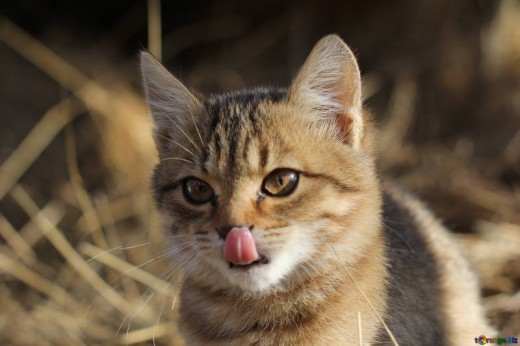
In conclusion, whilst 'meat' and 'meat by-product' may not be inherently bad, they are best avoided due to the ambiguity of its actual content. As these ingredients are a collection of different animal source, each batch could contain very different animal compositions. If you have a kitty with allergies or a sensitive stomach, the food could very well trigger reactions.
This article is accurate and true to the best of the author’s knowledge. It is not meant to substitute for diagnosis, prognosis, treatment, prescription, or formal and individualized advice from a veterinary medical professional. Animals exhibiting signs and symptoms of distress should be seen by a veterinarian immediately.

